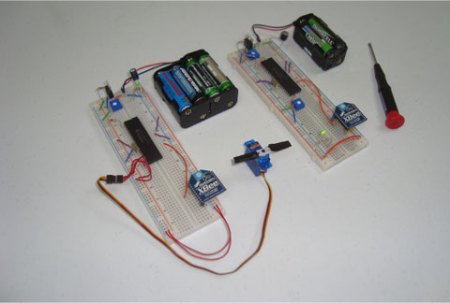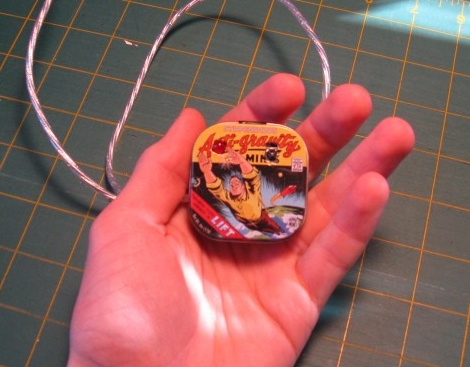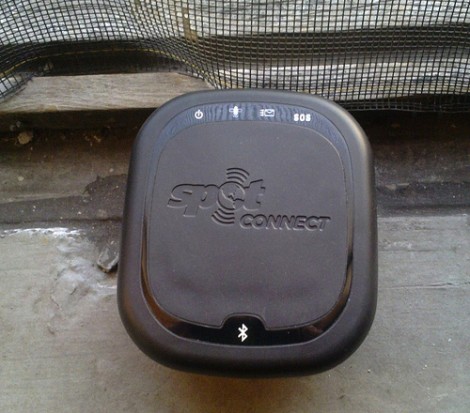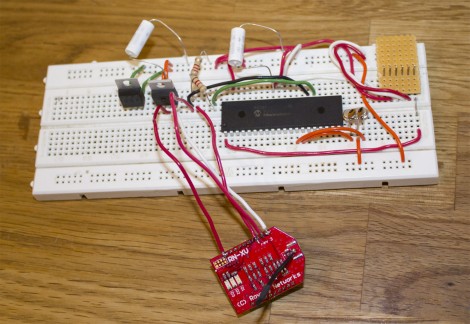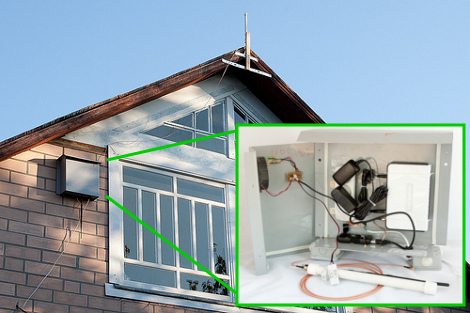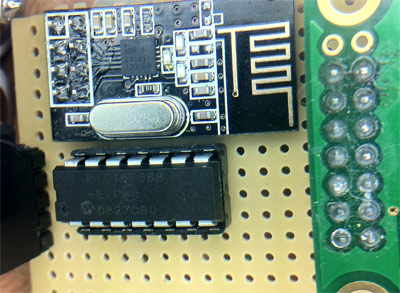Servo control is good, but wireless control is even better. This hack by [PyroElectro Tutorials] shows you how to do this wirelessly using two Xbee modules. There’s also a great example in the video after the break of this “hacking platform” used to control an animatronic head’s eyes. (we’ve featured the eyes here before).
In this control scheme, communication is one way only. An Xbee module is used as the transmitter, and the other as the receiver. The tutorial does a great job of explaining the parts used and gives links for purchasing the components if needed. It even goes over some very basic servo theory and gives schematics as well as assembly pictures. Transmitter and receiver firmware files are also available to download, so there’s nothing keeping you from trying it! Join us after the break to see the working example.

